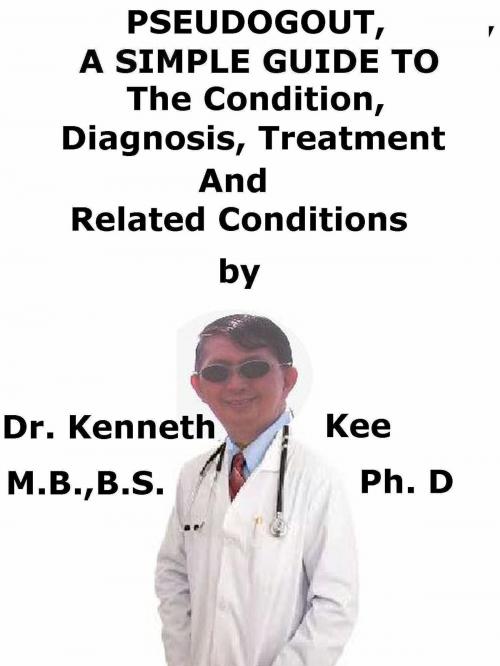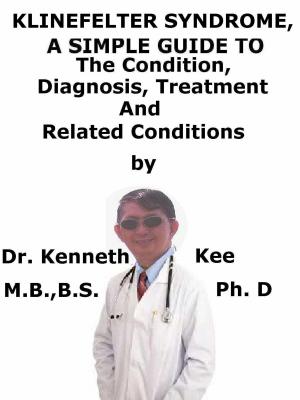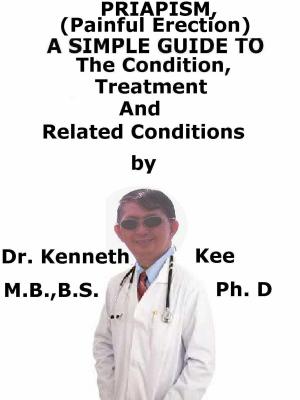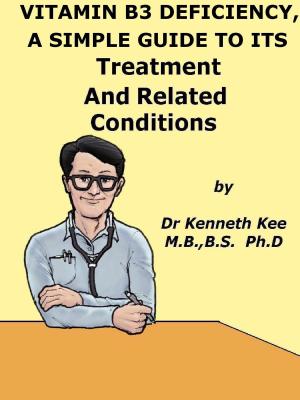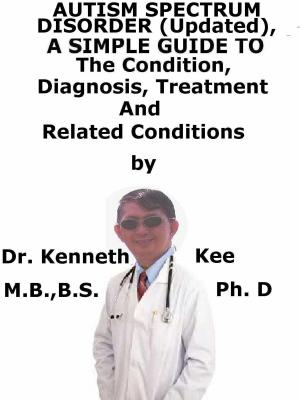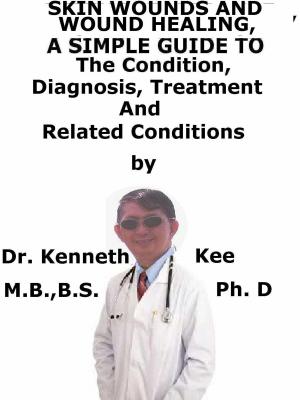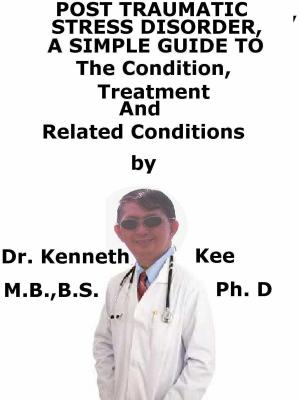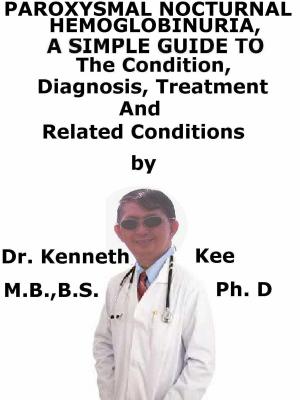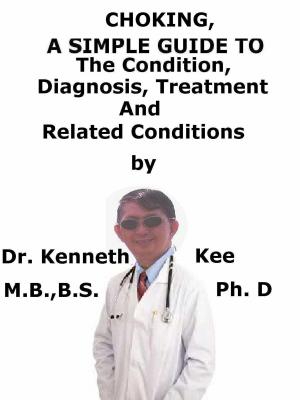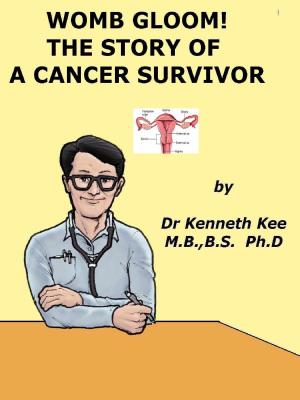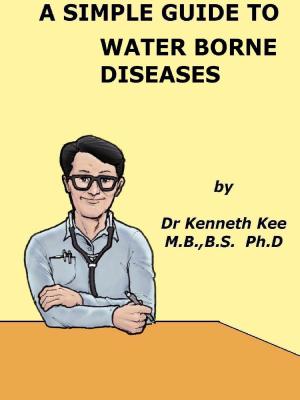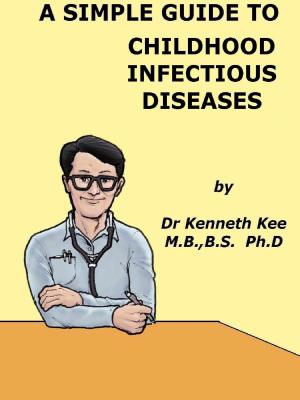PseudoGout, A Simple Guide To The Condition, Diagnosis, Treatment And Related Conditions
Nonfiction, Health & Well Being, Health, Ailments & Diseases, Musculoskeletal, Medical, Specialties, Orthopedics| Author: | Kenneth Kee | ISBN: | 9781370528219 |
| Publisher: | Kenneth Kee | Publication: | October 22, 2016 |
| Imprint: | Smashwords Edition | Language: | English |
| Author: | Kenneth Kee |
| ISBN: | 9781370528219 |
| Publisher: | Kenneth Kee |
| Publication: | October 22, 2016 |
| Imprint: | Smashwords Edition |
| Language: | English |
Pseudogout (Calcium pyrophosphate dehydrate CPPD) is a joint condition associated with deposition of crystals of CPPD that can cause attacks of arthritis.
Like gout, crystals form in the joints.
But in calcium pyrophosphate dehydrate arthritis the crystals are not formed from high uric acid.
The deposit of this CPPD crystal in the joints leads to acute attacks of inflammation of the joints with swelling, redness and pain in the knees, wrists, ankles similar to gout.
Calcium pyrophosphate arthritis mainly is linked ith arthritis in the elderly because joint degeneration and osteoarthritis is higher with age.
It is also linked with younger people who have conditions such as:
a. Hemochromatosis
b. Parathyroid disease (hyperparathyroidism)
c. Thyroid disease (hypothyroidism)
d. Wilson Disease
Chronic forms of pseudogout are indistinguishable from osteoarthritis
The knees are the commonly affected unlike the big toe in Gout, followed by other large joints such as ankles, wrists and elbows.
The most diagnostic procedure is the examination of the joint fluid which is needed to detect excessive white blood cells and the calcium pyrophosphate dehydrate crystals.
Joint x-rays are also done to show joint damage with linear calcifications in the fibro-cartilage and calcium deposits in the joint spaces.
Treatment may involve aspiration of the joint fluid to relieve pressure in the joint.
Under sterile conditions the joint fluid is aspirated through a needle inserted into the joint.
Steroid injections may help treat the inflammation of severely swollen joints.
Oral steroids are sometimes given when many joints are involved.
Non-steroidal anti-inflammatory medications (NSAIDS) may help ease painful attacks.
In chronic cases the management required the treatment of the underlying cause such as hemachromatosis or thyroid and parathyroid conditions.
TABLE OF CONTENT
Introduction
Chapter 1 PseudoGout
Chapter 2 Causes
Chapter 3 Symptoms
Chapter 4 Diagnosis
Chapter 5 Treatment
Chapter 6 Prognosis
Chapter 7 Gout
Chapter 8 Rheumatoid Arthritis
Epilogue
Pseudogout (Calcium pyrophosphate dehydrate CPPD) is a joint condition associated with deposition of crystals of CPPD that can cause attacks of arthritis.
Like gout, crystals form in the joints.
But in calcium pyrophosphate dehydrate arthritis the crystals are not formed from high uric acid.
The deposit of this CPPD crystal in the joints leads to acute attacks of inflammation of the joints with swelling, redness and pain in the knees, wrists, ankles similar to gout.
Calcium pyrophosphate arthritis mainly is linked ith arthritis in the elderly because joint degeneration and osteoarthritis is higher with age.
It is also linked with younger people who have conditions such as:
a. Hemochromatosis
b. Parathyroid disease (hyperparathyroidism)
c. Thyroid disease (hypothyroidism)
d. Wilson Disease
Chronic forms of pseudogout are indistinguishable from osteoarthritis
The knees are the commonly affected unlike the big toe in Gout, followed by other large joints such as ankles, wrists and elbows.
The most diagnostic procedure is the examination of the joint fluid which is needed to detect excessive white blood cells and the calcium pyrophosphate dehydrate crystals.
Joint x-rays are also done to show joint damage with linear calcifications in the fibro-cartilage and calcium deposits in the joint spaces.
Treatment may involve aspiration of the joint fluid to relieve pressure in the joint.
Under sterile conditions the joint fluid is aspirated through a needle inserted into the joint.
Steroid injections may help treat the inflammation of severely swollen joints.
Oral steroids are sometimes given when many joints are involved.
Non-steroidal anti-inflammatory medications (NSAIDS) may help ease painful attacks.
In chronic cases the management required the treatment of the underlying cause such as hemachromatosis or thyroid and parathyroid conditions.
TABLE OF CONTENT
Introduction
Chapter 1 PseudoGout
Chapter 2 Causes
Chapter 3 Symptoms
Chapter 4 Diagnosis
Chapter 5 Treatment
Chapter 6 Prognosis
Chapter 7 Gout
Chapter 8 Rheumatoid Arthritis
Epilogue
